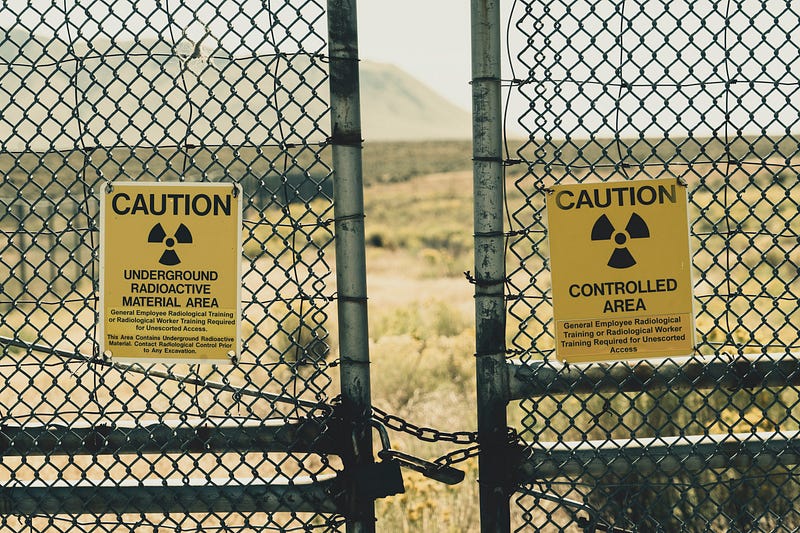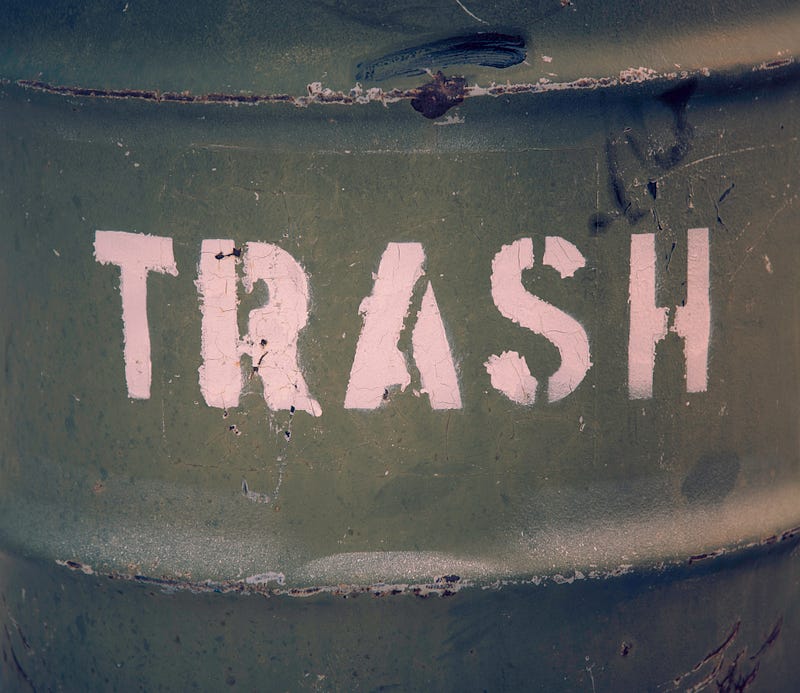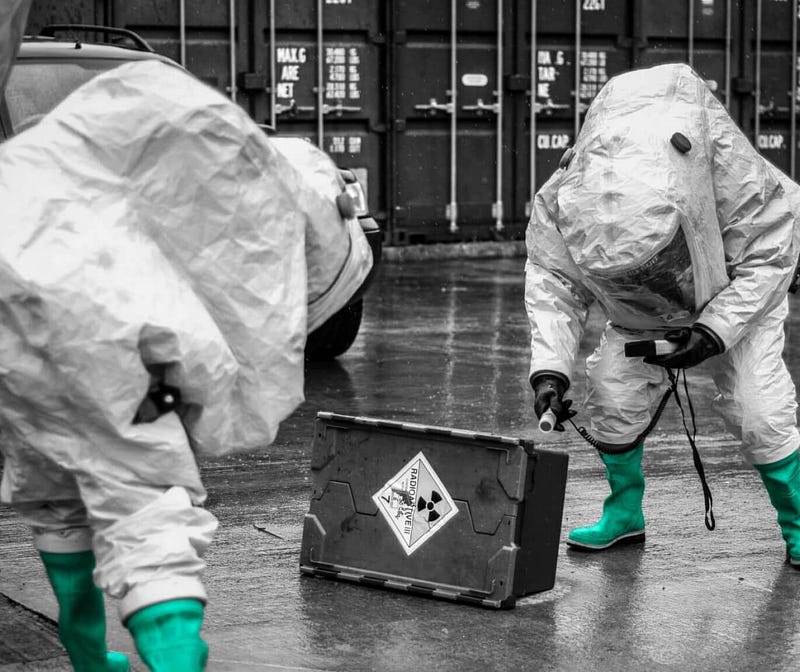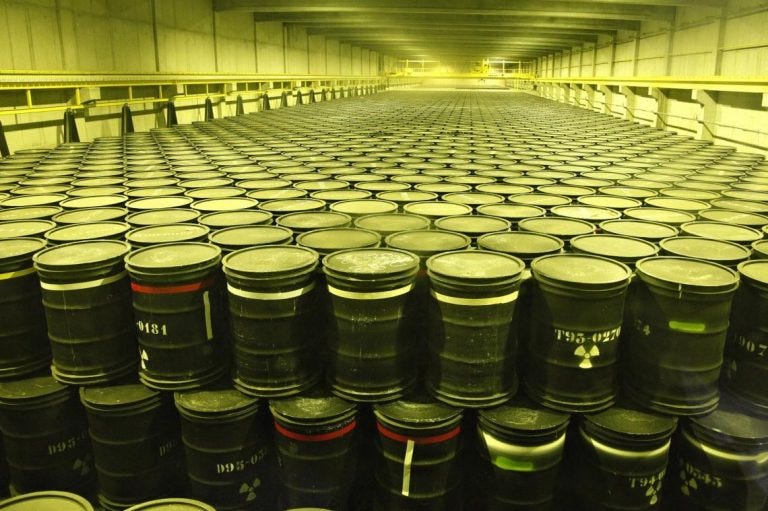Understanding Nuclear Waste Management and Its Safety Concerns
Written on
Chapter 1: Introduction to Nuclear Waste
Nuclear waste management is a pressing global issue that raises significant concerns. With the continuous production of radioactive materials, it has become imperative to ensure their safe and effective management. The long-lasting nature of these materials poses serious risks to human health and the environment, necessitating strict safety protocols and responsible handling.
Over the years, considerable efforts have been directed towards establishing robust systems for the safe storage, transportation, and disposal of nuclear waste.

Section 1.1: Types of Nuclear Waste
Each year, approximately 10,000 tons of nuclear waste are generated globally. To effectively address this issue, it is crucial to understand the various categories of nuclear waste produced through nuclear activities, classified by their levels of radioactivity and longevity.
High-Level Waste:
This type of waste is the most radioactive and potentially harmful, primarily arising from spent nuclear fuel, nuclear reactors, and reprocessing activities. Due to its significant radioactivity and long lifespan, it necessitates meticulous management.
Intermediate-Level Waste:
These materials have lower radioactivity but longer lifespans. They include contaminated items from decommissioning nuclear facilities and some waste generated from medical and industrial radioisotope production.

Low-Level Waste:
This category consists of waste with relatively low radioactivity and shorter lifespans, often originating from the operation and maintenance of nuclear facilities. Examples include used protective clothing, contaminated tools, and building materials.
Very Low-Level Waste:
These wastes are characterized by extremely low radioactivity and short lifespans. They include non-radioactive solid waste that has come into contact with radioactive materials, as well as treated liquid effluents from nuclear facilities.
Understanding these categories is vital for developing appropriate management and storage strategies, as each type requires tailored measures for secure confinement and disposal.
Section 1.2: Nuclear Waste Disposal Methods
Transporting nuclear waste involves a delicate and secure process, utilizing specially designed containers to prevent leakage or contamination.

The management and disposal of nuclear waste are fundamental aspects of the nuclear industry, employing various methods to ensure safety:
Short-Term Storage:
This method involves temporarily storing nuclear waste in specially designed facilities, such as storage pools and surface containers. It is utilized for waste with shorter lifespans or awaiting final disposal decisions.
Long-Term Storage:
High-level and long-lived intermediate-level nuclear waste require long-term solutions, which involve confining them in deep geological repositories. These locations are chosen for their stability and ability to isolate waste for thousands of years.

Recycling and Reprocessing:
Some nations engage in recycling and reprocessing spent nuclear fuel, extracting valuable materials for reuse. However, this process also generates radioactive waste that necessitates careful management.
Geological Disposal:
This final disposal method buries certain types of nuclear waste deep within stable geological formations, such as clay or salt layers, to secure isolation from the human environment for millennia.
Chapter 2: Ensuring Safety and Future Directions
The management of nuclear waste is intricate, requiring thorough planning, technical expertise, and continuous monitoring to safeguard the environment and public health.
Numerous safeguards are implemented to ensure the safe management of nuclear waste. Storage facilities are constructed following strict regulations to minimize the risks of radioactive leaks and environmental contamination. These safety measures encompass site selection, the establishment of physical and geological barriers, and real-time monitoring systems.
Investing in research, development, and innovation remains essential for enhancing nuclear waste management practices. By focusing on safety, environmental protection, and public engagement, we can progress towards more efficient and sustainable nuclear waste solutions.
Thank you for engaging with this topic! We hope to see you in our next discussion.
The first video titled "The Big Lie About Nuclear Waste" delves into misconceptions surrounding nuclear waste and the realities of its management.
The second video, "Should we dump our nuclear waste into the ocean!?!", explores the controversial debate on nuclear waste disposal methods and their implications.
Quiz: Assess Your Understanding of Nuclear Waste Management
Test your knowledge with the following questions to see how well you grasp the complexities of nuclear waste management!